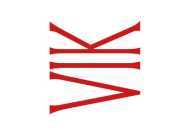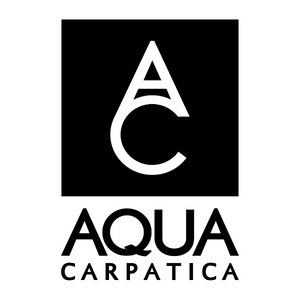I’m one of the people who adore them. Sold under his Slovenian wife’s family name, Kabaj Wines is a boutique winery nestled in the heart of Slovenia's picturesque Goriška Brda – a haven for organic, biodynamic, minimal intervention, skin-contact wines.
Kabaj’s focus is aged amber wines from grapes such as Rebula (Ribolla Gialla), Sivi Pinot (Pinot Grigio), Sauvignon Blanc, Ravan (their name for Sauvignonasse/Friulano/Sauvignon Vert), Beli Pinot (Pinot Blanc), and Chardonnay – all of which have some level of skin contact: 15 days for the Sivi and Beli Pinot, 30 days for the Rebula, 60 days for the Chardonnay, and seven days for the Sauvignon and Ravan. Other features of his wines are long ageing in neutral oak barrels and only releasing the wines when he believes they are ready for consumption.
My favourite wine from Kabaj is Luisa, which is named after wife Katja Kabaj-Morel’s grandmother. Luisa is the family estate’s flagship wine (alongside Amfora – a blend of Rebula, Malvasia and Ravan, macerated for 12 months in a Georgian qvevri, with a further two years in 225L French oak barrels).
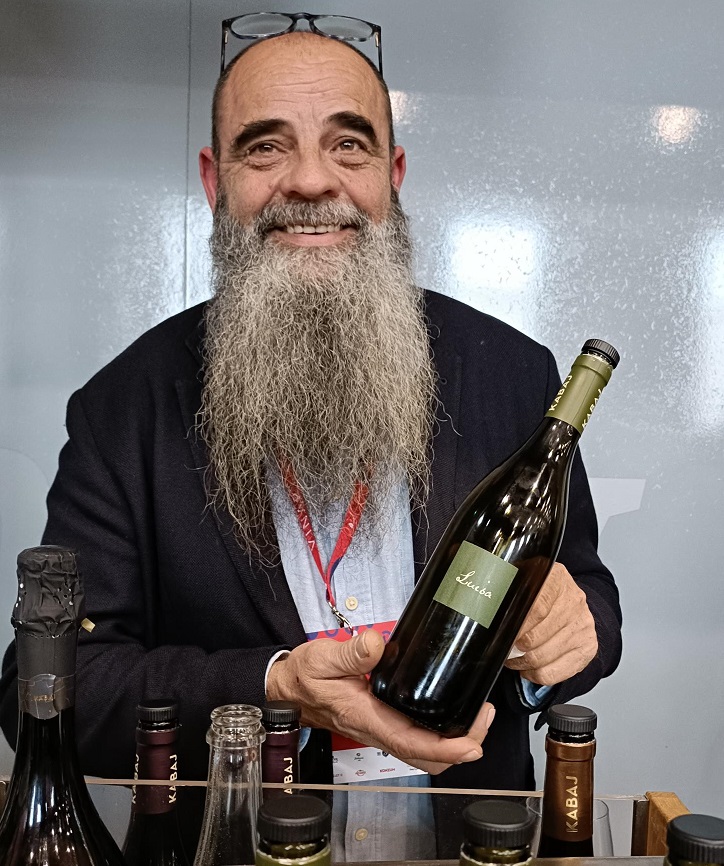
The Paris-born winemaker (above) started macerating his white wines in 1993, to give them more body and tannins, and started producing Luisa in 1997.
Luisa is a blend of Rebula and Friulano with smaller percentages of Pinot Blanc, Malvazija and Sauvignon. The Rebula provides the tannins, with Sauvignonasse adding elegance and vivacity. Pinot Blanc boosts the minerality, Malvazija adds some elegant body, and Sauvignon Blanc brings acidity and aromas to the party.
The percentages vary from vintage to vintage, which is fine for Jean Michel. “It’s normal; I’m happy with this,” he comments.
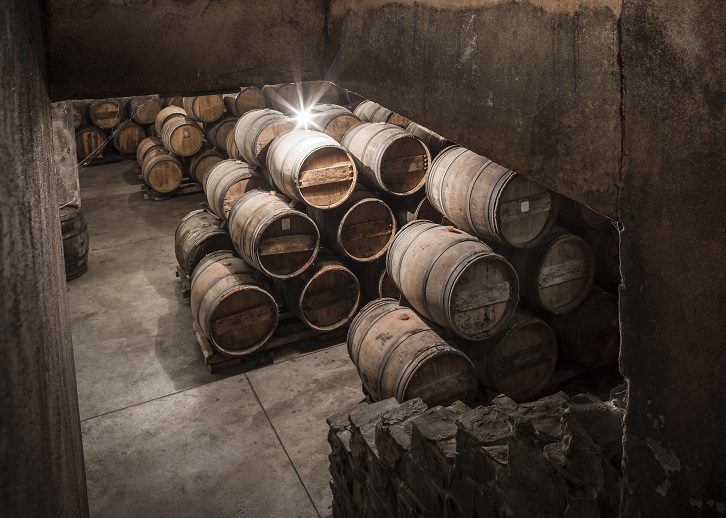
The current release is the 2013 vintage. The 2014 hasn’t been bottled yet. His small cellar (above) is packed with old barrels filled with old vintages. “My wife kill me,” Jean Michel says, suggesting Katja is the more business-minded one, while Jean Morel refuses to rush a wine to market and only sells it when he likes it. “It’s a different way,” he admits. “If it’s not ready, it’s not going in the bottle.”
He thinks of wine as a food. Slow food. Young wines, for him, are “just alcohol; it’s not wine”.

As we discuss Luisa at the Vinart wine fair in Zagreb, Croatia, Jean Michel reveals an advantage to making this style of wine; something I hadn’t thought about before: you’re less affected by poor vintages. Last year, the family’s 11ha of ecologically-farmed vineyards in Dobrovo were decimated by hail in June. They lost 60% of their grapes. “For me, it’s ok,” Jean Michel shrugs. “I have a lot of vintages inside (in the cellar), I’m not dead. But the people who make the fresh wine – it vanished.”
Luisa’s colour is a golden yellow. The restrained aromas hint at pineapple, lemon, mandarin, peach, baked pear, ginger and honey.
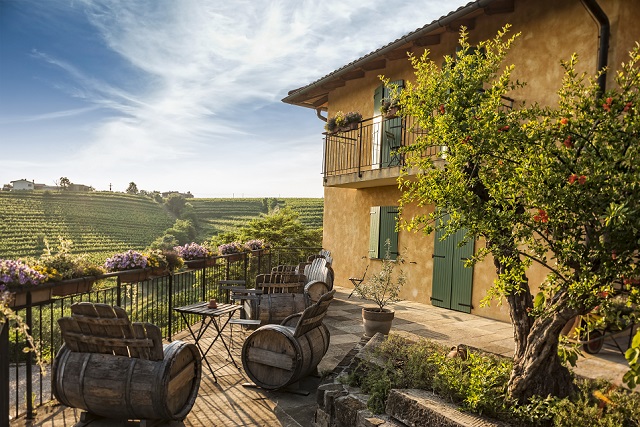
For Jean Michel, it’s important people understand the wine. He encourages buyers and customers to visit the beautiful family homestead (above), stay in one of the six double rooms and eat in the restaurant rather than pop in for an hour’s tasting.
“We take the shower and make the spray. People say, ‘Wow, you smell so nice’. No, the smell must be of your body. Same as the wine – you have the wines with wonderful aromas, but the taste is the most important,” he continues.
The blend is initially compiled in Jean Michel’s head by tasting the grapes in the vineyards, eschewing more scientific ways of measuring the grapes’ maturity.
The varieties are destemmed and added to the co-fermentation as they are handpicked. This accounts for about 80% of the wine; the remainder is blended to perfect the cuvee. “I don’t know if it’s the right way, but it’s my way,” Jean Michel comments.
The co-fermentation takes place in a mixture of open-top tanks, barrels, concrete, and plastic tubs – whatever he has space for. “But the harvest is very long – during 30 days,” he explains.
The Pinot Blanc is picked first, then a little Sauvignon is added “to give it a little more acidity”. His Sauvignon vineyard “is dead” from esca and he’s likely to replant it with Italian grape Manzoni bianco (Incrocio Manzoni 6.0.13), which he describes as “an interesting” 1930’s cross between Riesling and Pinot Blanc grapes. He thinks it will give him “more acidity, more minerality”.
The straight-talking winemaker continues: “I’m not a Sauvignon guy. Sometimes I like this aroma and taste – but not too much.” He reckons the Sauvignon contribution is about 5%.
Next into the blend is Malvazija, then Friulano. “The last one is Rebula – sometimes we harvest it very late, after Merlot. It’s a selection of Rebula,” Jean Michel says.
Skin contact is “not too long – it’s only four weeks”, he adds. That’s the total; the last grape in, Rebula, is only macerated for ten days to two weeks.
It can take up to a week before the spontaneous fermentation gets fully under way. To protect against spoilage, Jean Michel advises: “Just be close and punch down.” The berries and cap are punched down ten times a day. “It’s important.” He has one cellarhand dedicated to punching down “all day, all night, one month, that’s his job. When he finishes the system, he turns back to start again.”
During harvest, Jean Michel likes to finish between 10 and 11pm, get some sleep and restart early in the morning (about 3am) – “when you are clean – when your head is clean and fresh, and you can think how to work. That’s my philosophy. I don’t understand how people can work all night in the cellar.”
He also doesn’t understand why wine producers drink alcohol during harvest or at wine fairs. He believes when you work in the “natural way” it’s important to be in total control – that means getting some rest and not drinking alcohol. “Don’t drink when you work. That’s important. You lose the mind.”
So, I’m drinking Luisa alone. It’s dense with the fleshy fruits I detected on the nose – flavours underpinned by refreshing acidity. While I’m savouring the long aftertaste, Jean Michel tells me about the typical protocol post-fermentation.
The grapes are pressed with the juice from the skins kept separate for blending a portion back in later down the line. (Sometimes he’ll also leave 20% of the skins in for another three months.)
'I need micro-oxidation'After fermentation – and before the wine goes into barrels – it is lightly sulphured with 2g/hl. “It’s enough.” Barrels are topped up monthly. If wine gets racked, it’s when there’s a new moon and never when there’s a full moon.
The wine spends at least 24 months on fine lees in 225L French oak barrels. “We use only 20% new barrels in the whole winery, but we blend them. I don’t need the oaky taste; I need micro-oxidation. That’s important.”
The wine is eventually analysed and the SO2 levels are topped up so free sulphur is between 25 and 30mg/L for bottling. The wine is bottled without fining or filtering using Diam corks.
It matures in bottles for at least six months but usually one to two years before releasing.
Production of Luisa is around 15,000 bottles; total annual production at Kabaj is between 60,000 and 70,000 bottles.
Above the main cellar, in what used to be the village inn, Kabaj runs a restaurant specialising in recipes “carefully written down by our grandmothers and treasured with jealousy in their cookbooks”. I know just the wine to pair with this kind of traditional food. “Some people like our wines; some people doesn’t.” Some people are missing a treat.

 English
English French
French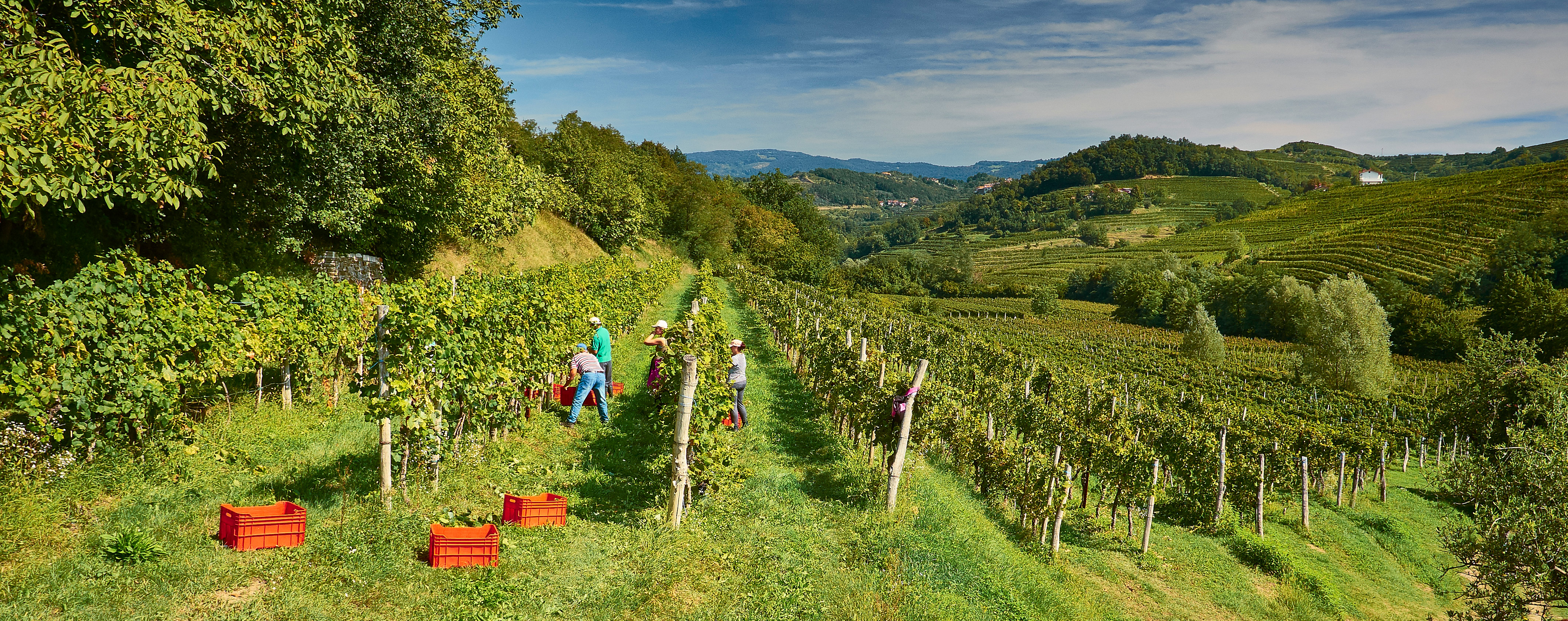
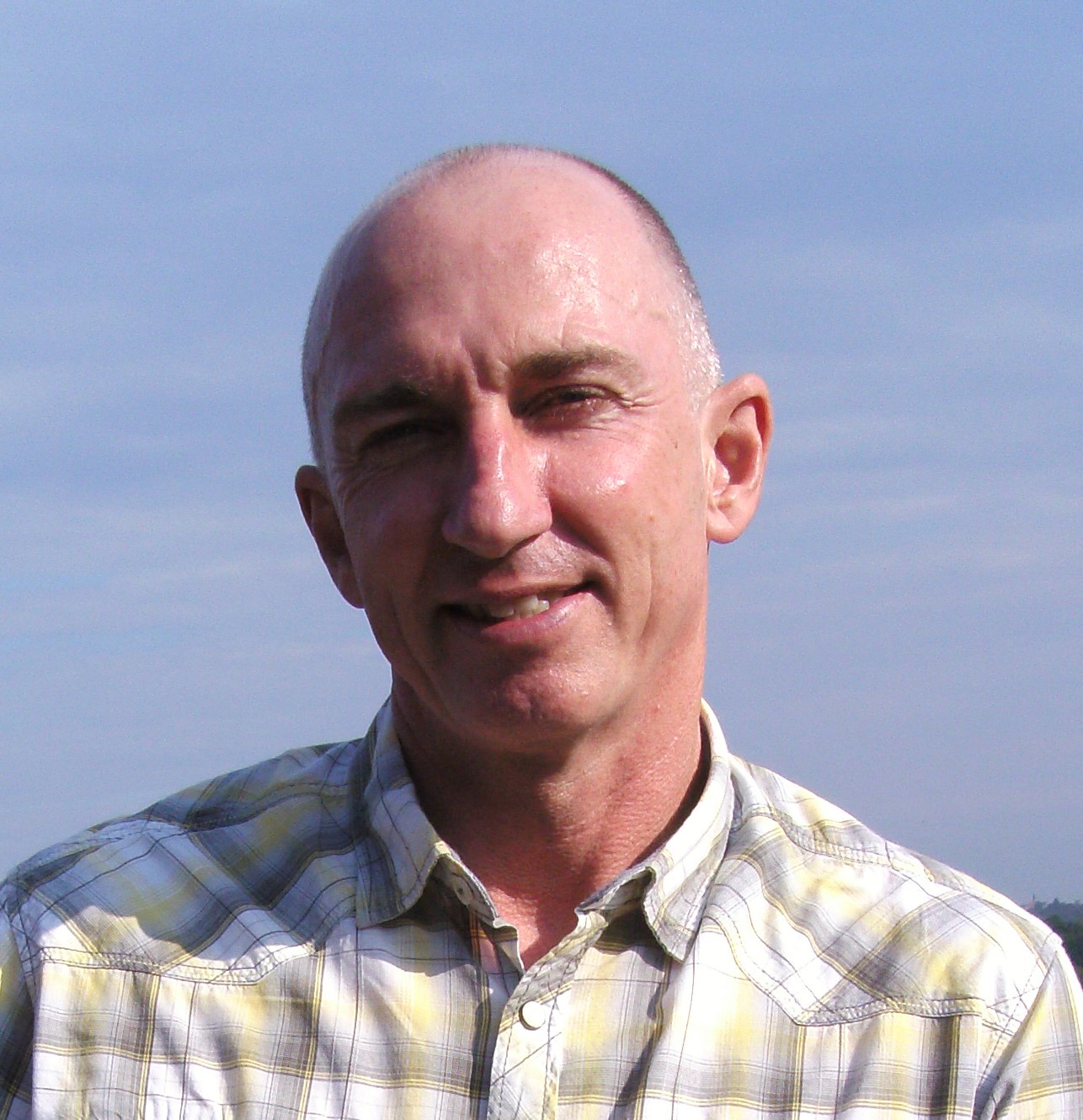

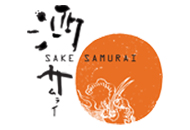
.png)
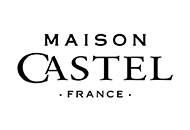

.png)

